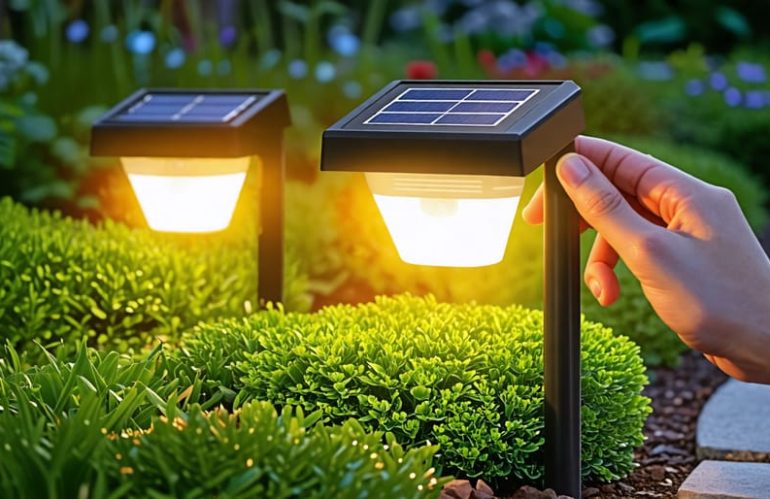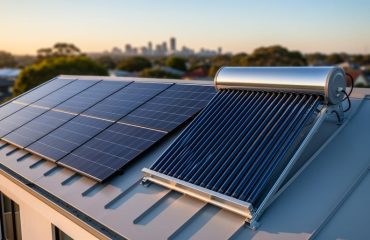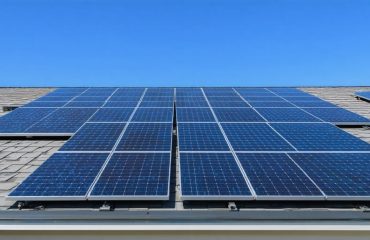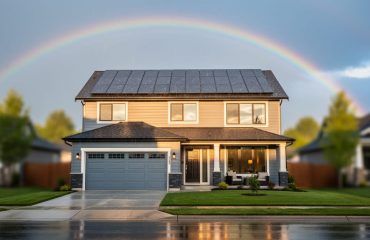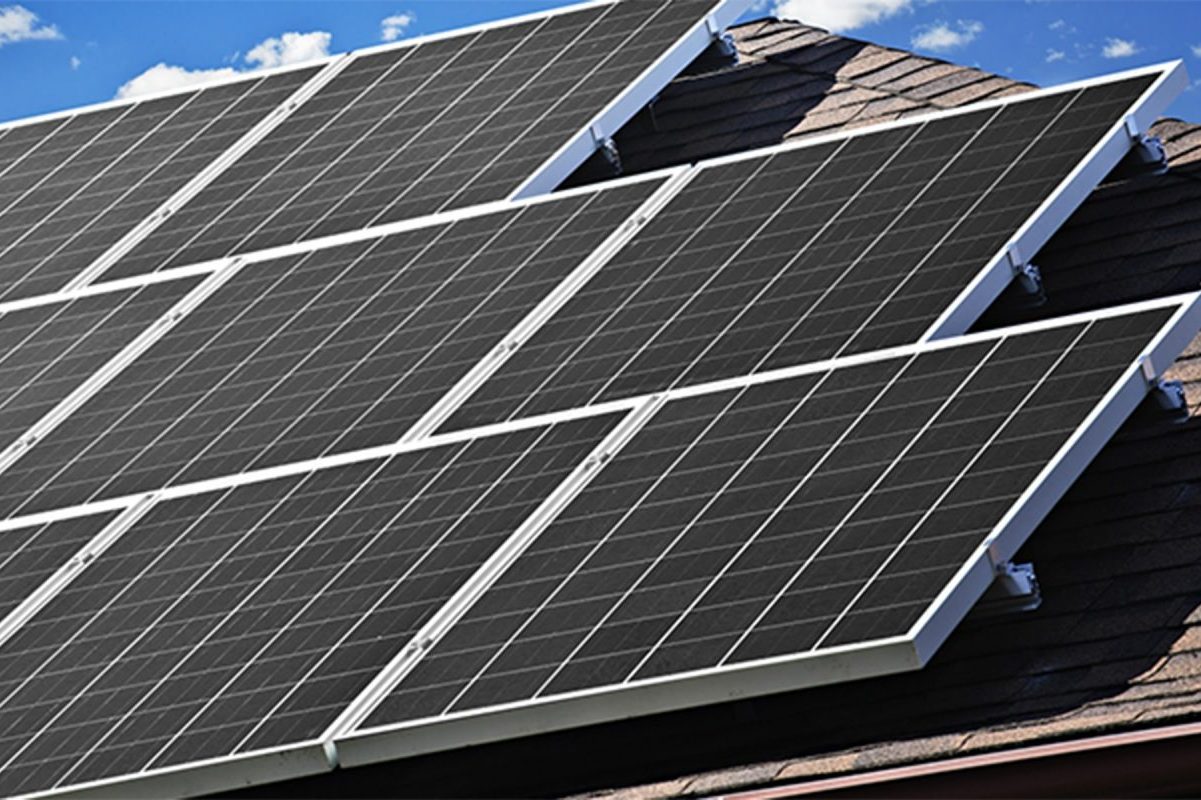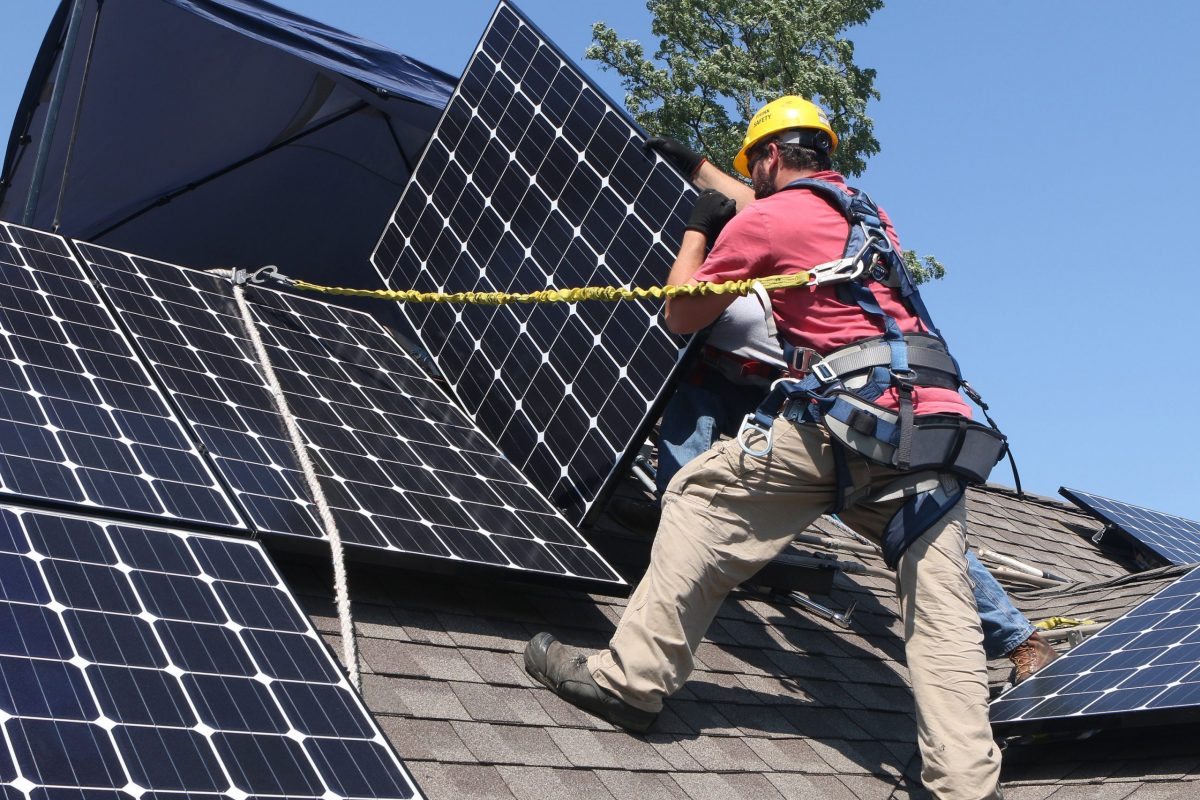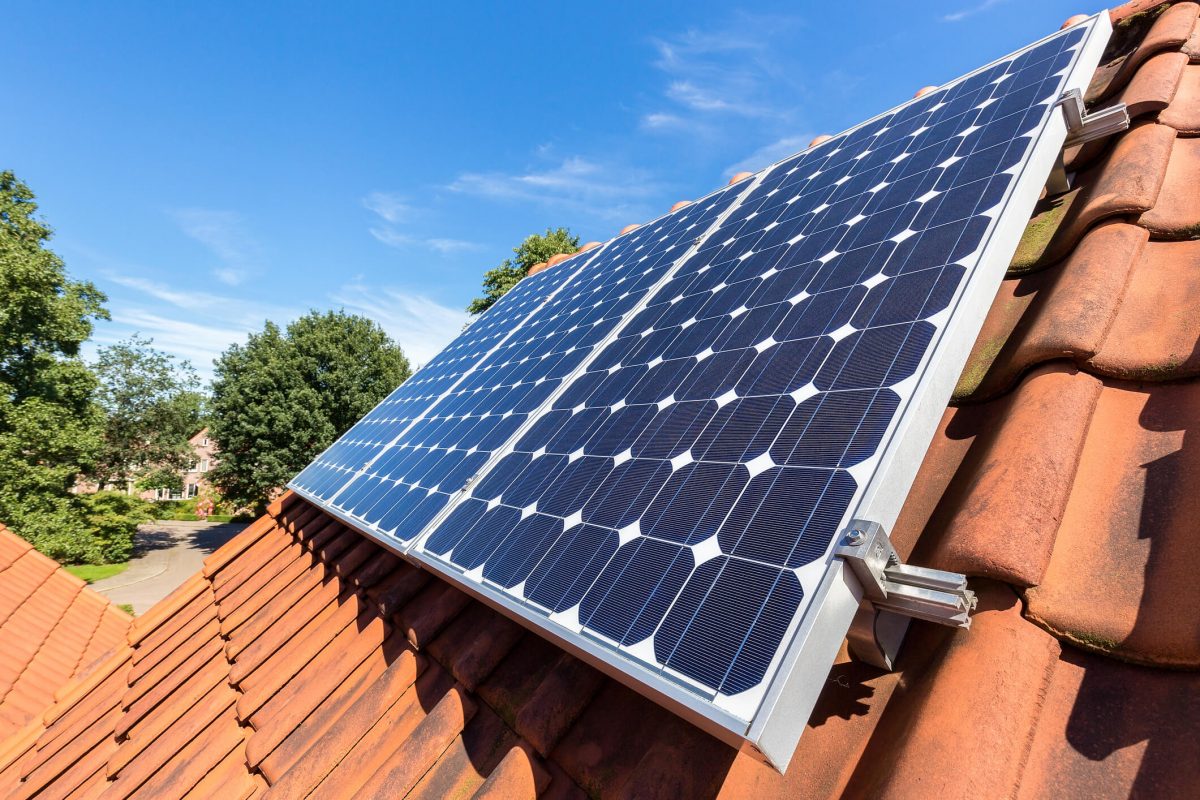Turn off your solar lights during the day to preserve battery life and ensure they shine brightly at night. The on/off switch is a simple yet crucial feature that allows you to control when your solar lights are operational. Flipping the switch to the “off” position when the lights aren’t needed, such as during long-term storage or troubleshooting, prevents unnecessary drain on the rechargeable batteries. Utilize the on/off switch strategically to maximize the performance and longevity of your solar-powered lighting system, enjoying well-lit outdoor spaces when you need them most.
How Solar Lights Work
Solar lights are an ingenious invention that harness the power of the sun to provide illumination at night. During the day, the solar panel on each light absorbs sunlight and converts it into electricity, which is then stored in a rechargeable battery. This process of charging solar lights occurs automatically whenever the solar panel is exposed to sufficient daylight.
Once the sun sets and darkness falls, the solar light detects the change in ambient light and automatically switches on the LED bulb. The stored energy in the battery powers the light throughout the night. At dawn, the light sensor detects the increasing ambient light and turns the LED off to conserve battery power and begin the charging cycle anew.
This elegant design allows solar lights to operate independently of the electrical grid, making them an eco-friendly and cost-effective option for outdoor lighting. With no wiring required and the ability to install them virtually anywhere that receives direct sunlight, solar lights offer a convenient and sustainable solution for illuminating walkways, gardens, and outdoor spaces.
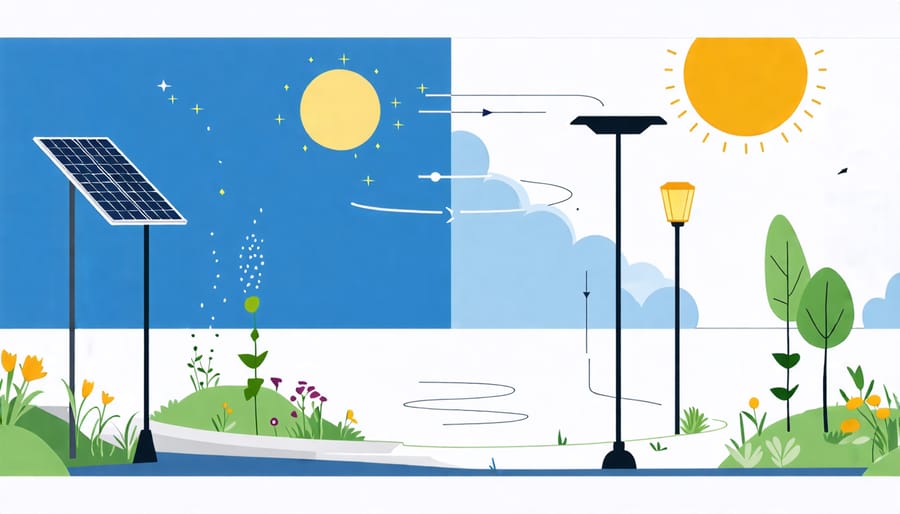
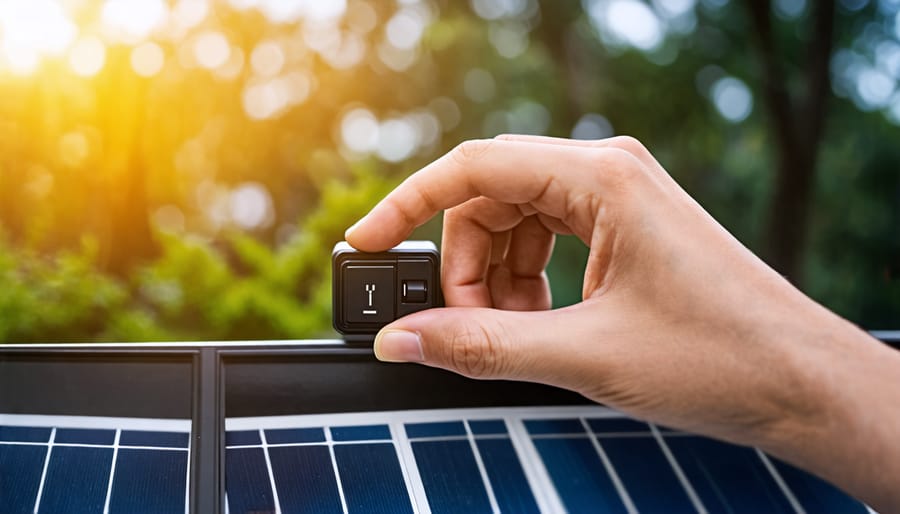
The Purpose of the On/Off Switch
Preserving Battery Life
The on/off switch on solar lights serves an important purpose in preserving battery life. When the light isn’t needed, such as during long periods of storage or when you’re away on vacation, switching it off prevents the battery from unnecessarily charging and discharging. This helps extend the overall lifespan of the rechargeable battery.
By conserving battery power when the light isn’t in use, you can ensure it will have a full charge and be ready to illuminate when needed. The switch allows you to conveniently control when the solar light is operational, saving energy and preventing premature battery wear. Regularly using the on/off switch to manage your solar light’s usage can significantly prolong its battery life, reducing the need for frequent replacements and maximizing the long-term benefits of your sustainable lighting solution.
Storing the Light
When storing your solar lights during the off-season or for an extended period, flipping the switch to the “off” position helps preserve battery life. This prevents the solar panel from charging the battery and the light from turning on, even if it’s exposed to sunlight. By keeping the switch off, you avoid unnecessary battery drain and ensure your solar lights are ready to illuminate your outdoor spaces when needed again. Proper storage, such as keeping the lights in a cool, dry place, further extends their lifespan. When you’re ready to use the solar lights again, simply turn the switch back to the “on” position, allowing them to charge during the day and automatically light up at night.
Troubleshooting
The on/off switch on solar lights can be a lifesaver when it comes to troubleshooting solar lights that aren’t working properly. If your solar light isn’t turning on at night or seems to be malfunctioning, the first step is to check the switch. Sometimes, the light may have been accidentally turned off, preventing it from charging during the day and illuminating at night. By simply flipping the switch back to the “on” position, you can reset the light and get it working again. This simple step can save you time and frustration before assuming there’s a more serious issue with your solar light. The on/off switch also allows you to easily test if the light is working properly. If it doesn’t turn on after being switched on and charged, there may be a problem with the battery, panel, or other components. In such cases, consult the manufacturer’s instructions or consider replacing the faulty part. Remember, the switch is there to help you maintain and troubleshoot your solar lights with ease, ensuring they continue to provide reliable, eco-friendly illumination for your outdoor spaces.
When to Use the On/Off Switch
The on/off switch on solar lights serves a specific purpose, but it’s not necessary to use it all the time. In most cases, you can leave the switch in the “on” position, allowing the lights to automatically turn on at night and off during the day. However, there are situations when using the switch is beneficial.
If you plan on storing your solar lights for an extended period, such as during winter months, it’s best to turn the switch to the “off” position. This prevents the battery from draining unnecessarily and prolongs its lifespan. When you’re ready to use the lights again, simply turn the switch back on.
Another instance when using the on/off switch is helpful is during troubleshooting. If your solar lights aren’t working properly, turning them off and on again can sometimes reset the system and resolve minor issues. This is similar to rebooting a computer or other electronic device.
In summary, while it’s generally fine to leave your solar lights switched on, utilizing the on/off switch when storing the lights or troubleshooting can help maintain optimal performance and extend the life of your solar-powered lighting system.
Conclusion
In conclusion, the on/off switch on solar lights serves several important purposes. It allows you to preserve battery life when the lights are not in use, enables convenient storage during the off-season, and aids in troubleshooting when issues arise. By understanding when and how to use the on/off switch, you can maximize the efficiency and longevity of your solar lights, ultimately saving money on energy costs and contributing to a more sustainable lifestyle. Embrace the power of solar lighting and enjoy the benefits of an eco-friendly, cost-effective, and user-friendly outdoor lighting solution.

